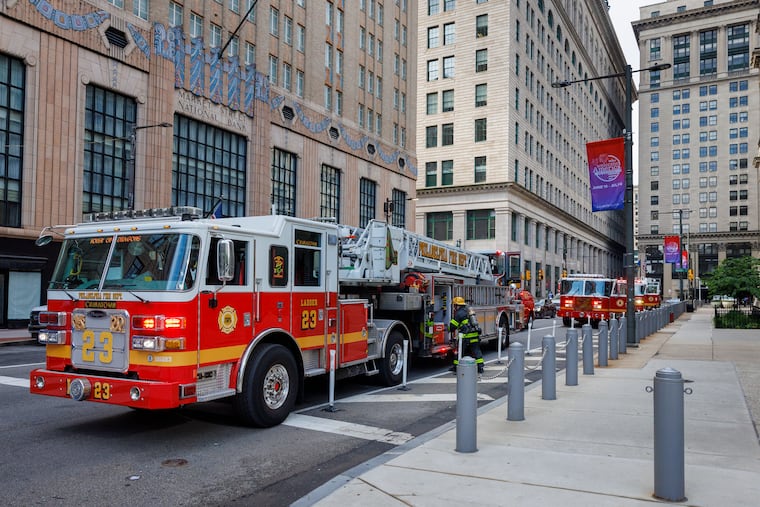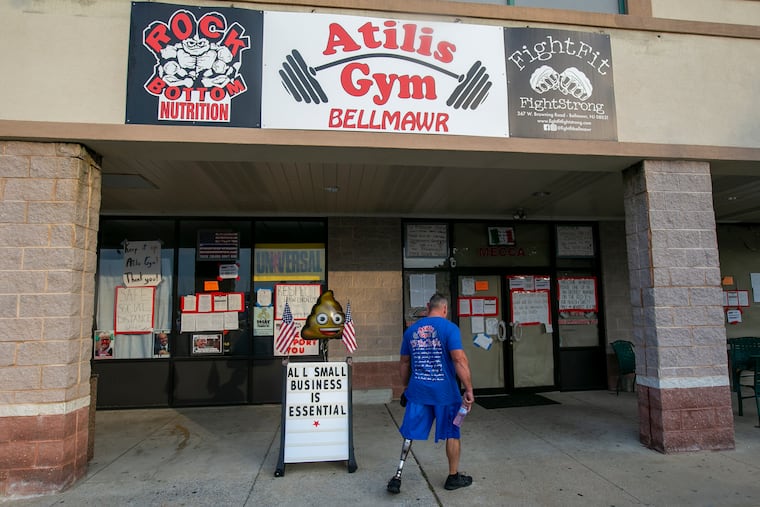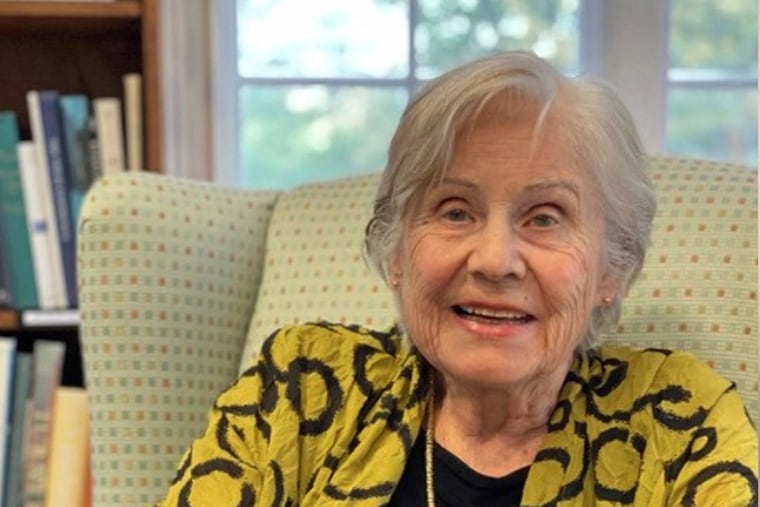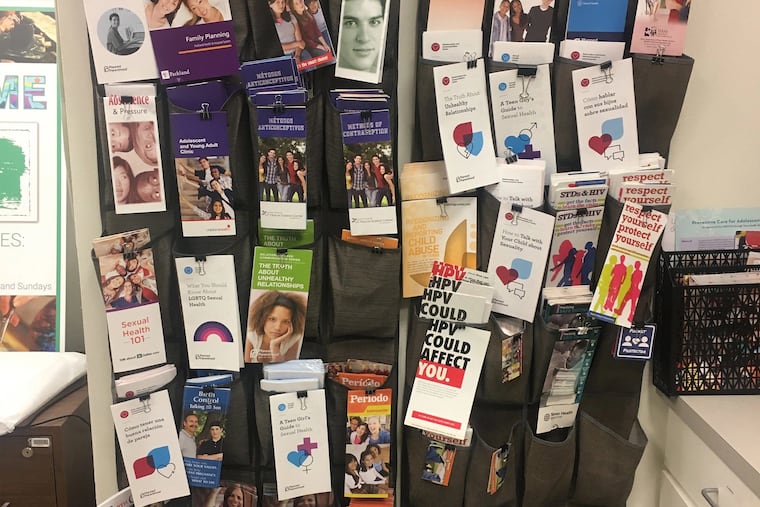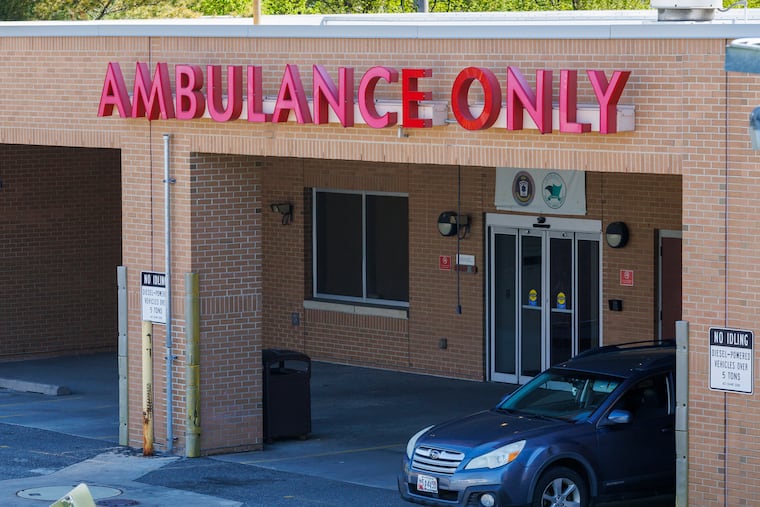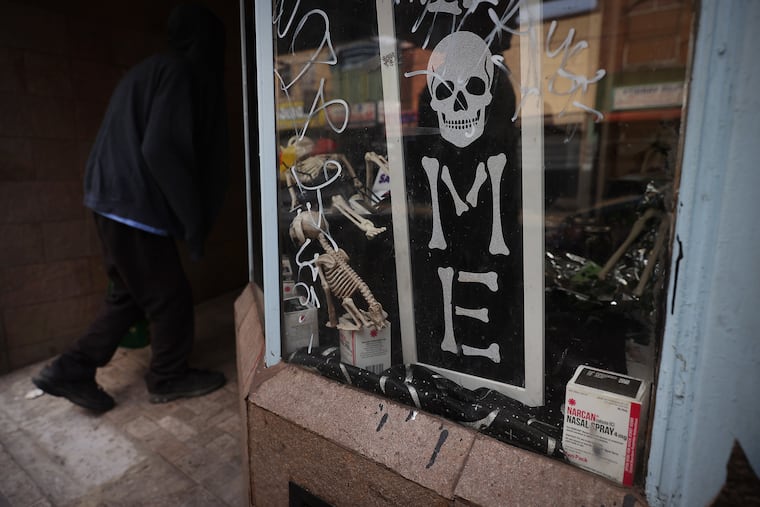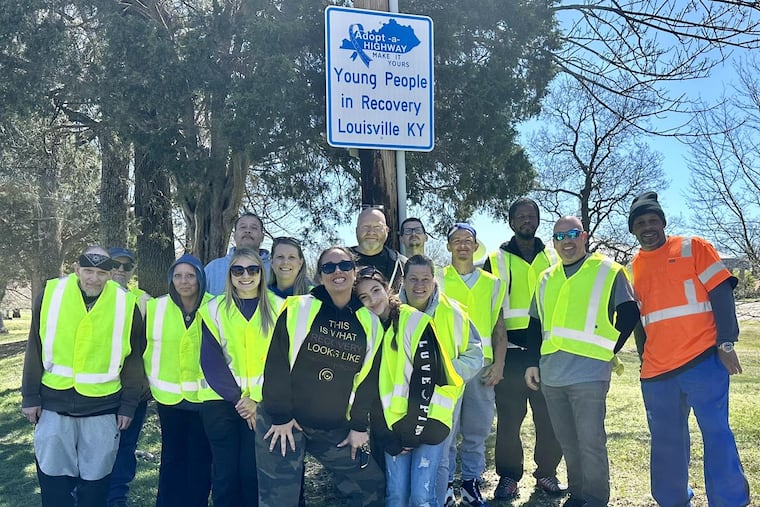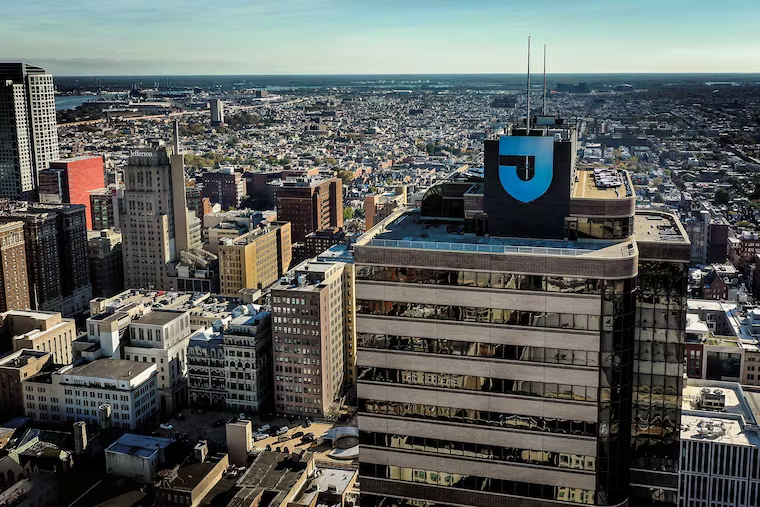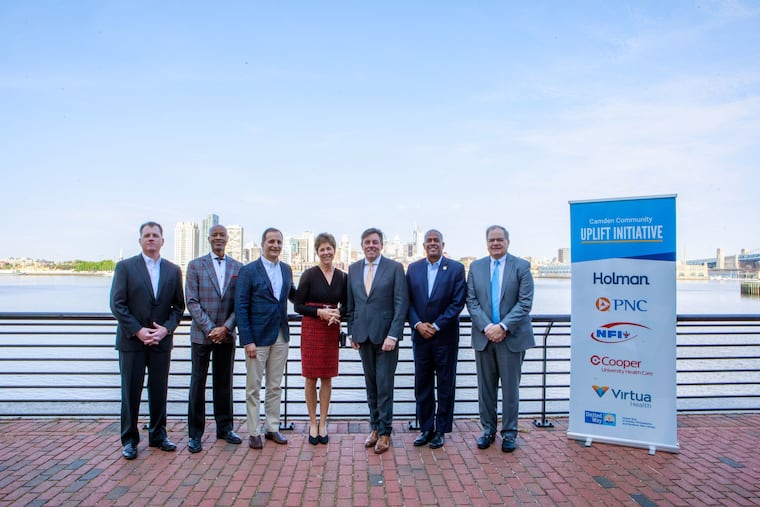South Philly neighborhood sees opioid overdose deaths rise, even as they decline in Kensington
The scope of the crisis in Philadelphia means that even some communities that saw decreases in overdoses are still weathering staggering death tolls.
- Donovan McNabb Jr., the son of the former Eagles quarterback, is making a name for himself
- 6abc defends a reporter after Barstool’s Dave Portnoy attacked the station
- Haverford president apologizes to members of the Jewish community as she faces congressional hearing on antisemitism
- Staffers allege a regression in Sen. John Fetterman’s recovery, tension with wife Gisele in NYMag report
- Eagles stars Saquon Barkley and Jalen Hurts show off their looks at the Met Gala
Link copied to clipboard
Link copied to clipboard
Will Bunch | Columnist
Link copied to clipboard
Link copied to clipboard
Jennifer McDermott, Associated Press
Link copied to clipboard
Amanda Erickson, Washington Post
Link copied to clipboard
Janet Rosenzweig, For The Inquirer
Link copied to clipboard
Link copied to clipboard
Aneri Pattani, Tribune News Service
Link copied to clipboard
Audrey Carleton, Capital & Main
Link copied to clipboard
Link copied to clipboard
Amanda Swain, For The Inquirer
Link copied to clipboard

